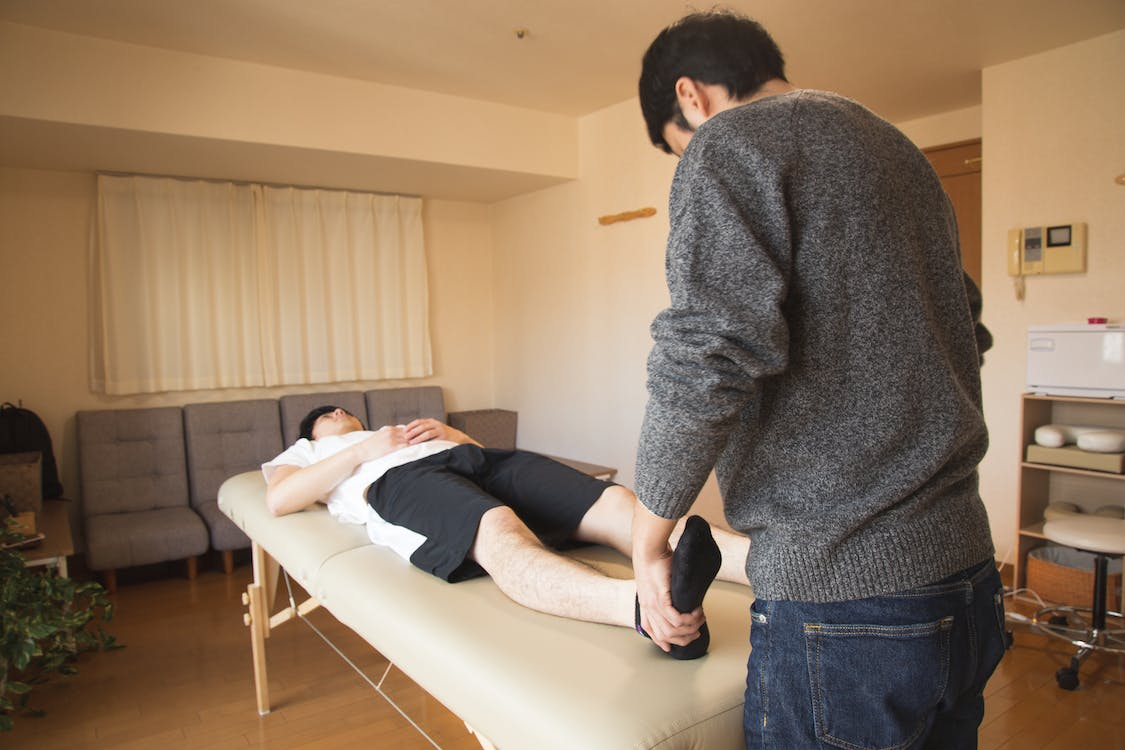Physiotherapy is called a branch of medical science that studies the therapeutic and prophylactic effects on the human body of natural and artificial factors. Natural are water, mud, climate. Artificial – electricity, ultrasound, laser, magnet.
Rehabilitation factors used in physiotherapy include:
- low voltage direct currents;
- alternating currents;
- magnetic field;
- electric field;
- electromagnetic radiation;
- hydro-, balneo-, thermo-, baro-, oxygenobarotherapy;
- mechanical vibrations (ultrasound, massage, kinesitherapy), etc.
Therapeutic effect
With physiotherapeutic effects, such positive effects as:
- immunomodulatory (hyposensitization, immunostimulation);
- analgesic (spasm, edema is eliminated);
- muscle relaxation and myostimulation;
- increase / decrease in blood clotting;
- changes in microcirculation, metabolism and cell activity due to hyperplasia and defibrolization;
- regulation (decrease / increase) of the functional activity of the central nervous system.
Testimony
Physiotherapeutic factors allow you to stop various clinical syndromes: pain, intoxication, general inflammatory changes. Physiotherapy is applicable for cardiac, pulmonary, renal, hepatic, vascular insufficiency of 1-2 degrees. With high and low blood pressure.
Methods of physiotherapy help with dyspeptic syndrome, stool disorders, jaundice, exocrine pancreatic insufficiency, hepatic and renal colic. Procedures alleviate the condition of patients with convulsive or musculo-tonic syndrome, Raynaud’s syndrome. Help those suffering from impaired joint function, spinal deformities, deconfiguration of joints.
Physiotherapy is prescribed in the presence of hypo- and hyperthyroidism, obesity, encephalopathy, neuropathy, vegetative-vascular dystonia, neurosis. The procedure is indicated for radicular, radicular-vascular and reflex pain syndromes.
In general, indications for physiotherapy are:
- inflammatory diseases that occur without an increase in body temperature,
- traumatic injuries;
- metabolic-dystrophic diseases;
- violations of the secretion of internal organs;
- functional disorders of the central and autonomic nervous system;
- motor disorders of the gastrointestinal tract.
Contraindications
The use of physical factors has limitations. Absolute contraindications include:
- hyperthermia (fever, fever);
- hemorrhagic, myeloplastic, hemolytic syndromes;
- epileptic syndrome;
- cardiac, vascular, respiratory, hepatic, renal failure in the phase of decompensation;
- cachexia.
Relative contraindications are:
- systemic blood diseases;
- state of alcohol and drug intoxication;
- pregnancy (2-3 trimesters);
- emergency conditions in infections;
- acute period of certain diseases (heart attack, stroke).
Features of physiotherapeutic treatment
During the procedure, the patient may feel vibration, tingling, warmth. The time of exposure to the physical factor can be different – from a few minutes with light therapy to several hours with magnetotherapy. The number of sessions can also be different. For example, with UHF, 5-6 procedures are enough, and galvanization will require up to 20 sessions.
In chronic pathology against the background of reduced reactivity of the body at the initial stages of treatment, a transient exacerbation of symptoms is likely.Make an appointment at the clinic of I. Medvedev and get all the benefits of physiotherapeutic procedures for prevention, treatment and rehabilitation.

